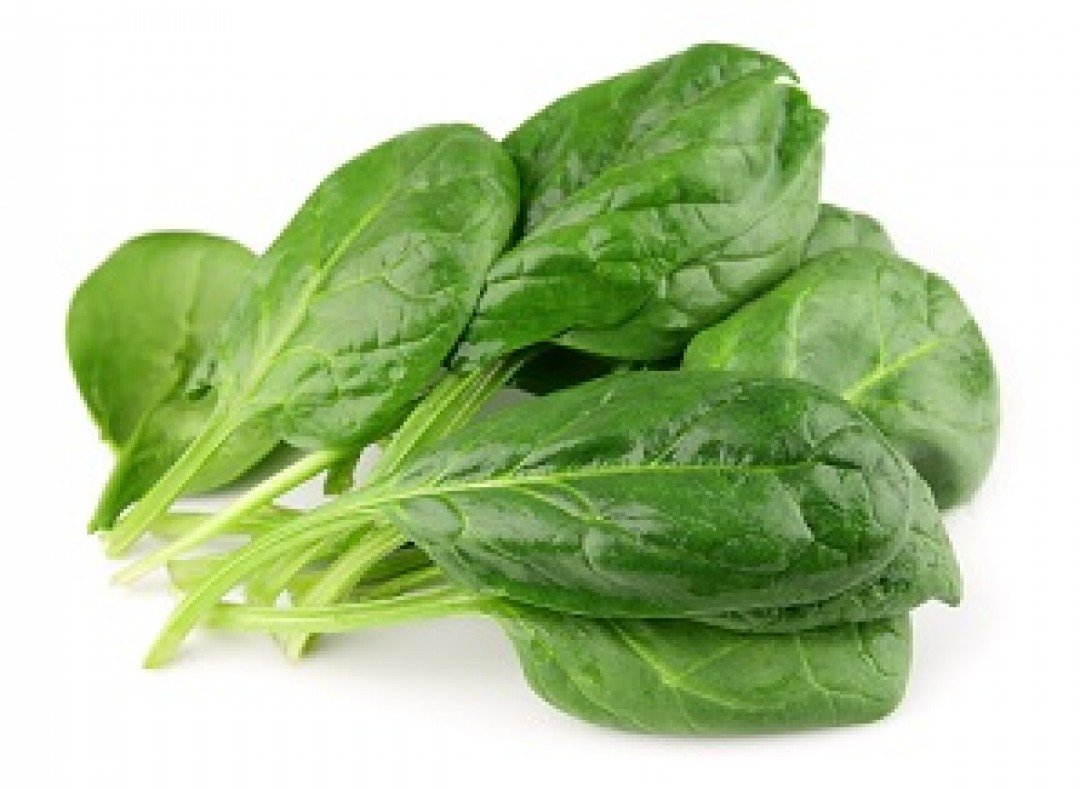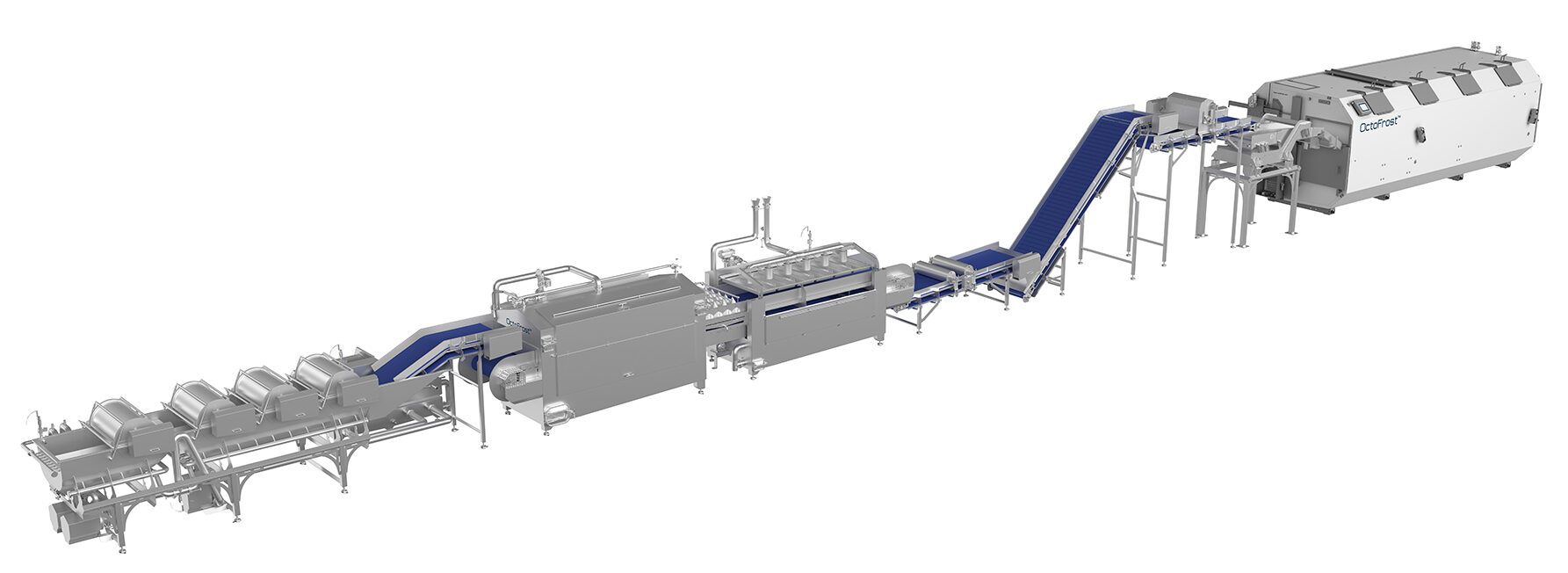
Best Practices to Process IQF Spinach
The wholesale price of fresh vegetables heavily depends on seasonality and fluctuation in demand. To get a profitable wholesale price, it is imperative to offer good quality vegetables at the right time.
Fresh vegetables glut the market when in season, the wholesale price goes down and becomes less profitable. During the off-season, demand exceeds supply, and farmers struggle to fulfill orders.
In certain markets like Japan, fresh vegetables’ prices are exorbitant beyond consumers’ ability to purchase. But frozen vegetables are affordable and available all-year-around if the cold chain is stable. In 2018, the Chinese export of frozen vegetables to Japan rose 7%, with stem vegetables such as broccoli and spinach accounting for the most significant increase. The demand for frozen spinach is growing in Japan; its export from China increased by 14% in 2018.
Why choose frozen spinach over fresh
We usually choose fresh vegetables over frozen because we assume fresh vegetables are more nutrient-dense. However, it is rarely the case.
Fresh vegetables typically require long-distance transportation. On average, it takes 1 to 4 weeks for fresh vegetables to reach the grocery stores. In the course of transportation, fresh vegetables stay packed and can easily get bruised and rotten, losing nutrients and appearance. It’s likely for a delicate and highly perishable leafy green like spinach to decay and get slimy, therefore losing its market value.
Fresh spinach usually sits in the grocery stores for days until someone purchases it. Evidently fresh vegetables can be exposed to various conditions/inconsistent storage temperatures which offer the potential for change in quality, including nutrient content loss before consumed.
Research has shown that the amount of vitamins and minerals in frozen spinach may be more than the fresh ones. Frozen spinach is especially high in Vitamin E and Vitamin B that helps with cell growth and function.
How to freeze spinach with maximum nutrients kept and appearance preserved?
Correct steps for processing IQF spinach
IQF is the best way to process spinach. The imperative of preserving good quality spinach is not only to IQF freeze but also to have done the correct processing steps prior to IQF freezing.
When spinach is harvested, its color, texture, and aroma start to change quickly because the enzyme activity continues unabatedly. As a result, spinach’s nutritional value drops, and by the time it reaches people’s plates, it is questionable how much nutrition is actually left. Processing freshly harvested spinach on-site reduces the amount of nutrients lost.
Blanching and Chilling – Lock in the nutrients
Blanching
To deactivate enzymes and preserve spinach’s dark green color, nutrients, crisp texture, fresh aroma, a quick blanching is a crucial step to be done. Blanching with water provides more accurate temperature control than steaming for consistent product quality.
OctoFrost IF Blancher allows a second temperature zone to reduce the temperature in the final blanching stage for delicate products like spinach to avoid over-blanching. The rainfall shower system in the OctoFrost Blancher provides 5 to 10 times more water volume, infiltrating spinach leaves for a uniform and quick blanching.
Chilling
For achieving the best possible texture and color, spinach is chilled immediately after blanching to stop the blanching process quickly and avoid over-blanching. OctoFrost IF Chiller guarantees a quick and even chilling because of the ice-cold water that gently falls over the product through the rain shower system. The temperature in OctoFrost™ IF Chiller is always kept under the critical 6 C° to inhibit bacteria growth.
Dewatering – Keep good product separation
After blanching and chilling, the spinach must be dewatered to avoid lump formation in the IQF freezing stage. There are two common methods for dewatering wet spinach. The first one is to press the product under a spring-loaded cylinder, and the second is to use a centrifuge.
But these methods typically form lumps of spinach that need to be loosened up before freezing. To solve this challenge, OctoFrost developed a piece of new equipment – a tedder that gently rakes and separates the already dewatered spinach.
IQF Freezing – The finishing touch for IQF Spinach
IQF spinach can be stored for a long time; its nutritional value is preserved due to quick freezing at a very low temperature that deactivates enzymes and stops microbes’ sprouting. With slow freezing methods, bigger sizes of water crystals formed at the cellular level of products destroy its cell structure. Therefore, the product loses its shape when defrosted, which also means loss of juices and nutrients.
However, IQF quick freezing forms only small water crystals inside the IQF spinach cells without damaging the cell walls, therefore preserving the leaf’s natural shape. The result of high-quality IQF freezing is a good-looking defrosted IQF spinach leaf, full of nutrients and flavor.
A couple of features make the OctoFrost IQF achieve a high-quality result. The bedplates in OctoFrost IQF Freezer use asymmetrical movement to create gentle fluidization, thus smoothly separating IQF spinach leaves. The OctoFrost™ fans’ speed is adjustable to keep off IQF spinach from overblowing into the coil.

OctoFrost IQF Spinach Processing Line
The OctoFrost’s deep understanding of the complex processing of sticky, fragile, and delicate products such as IQF spinach, makes the OctoFrost IQF Processing line a unique solution for processors who have at heart the goal of offering the best quality products to today’s discerning consumers.
